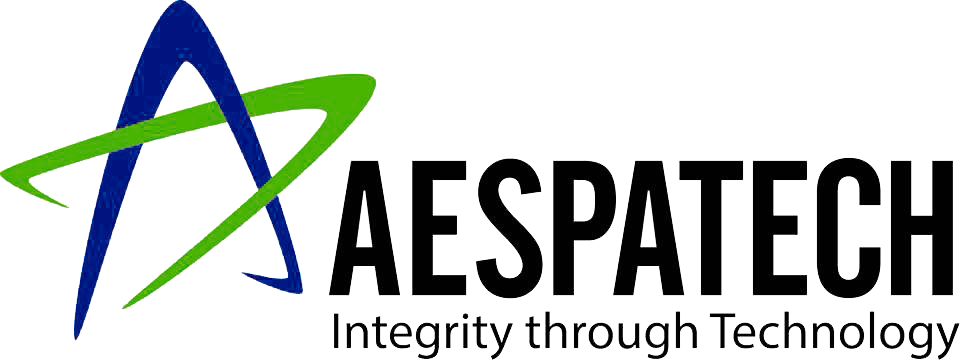Manual Testing in method used in the current scenario to get the information regarding the performance and operation of all the software related products. Over recent years, companies are strongly reliant on the ability to test ever more complex IT systems therefore there is a huge push in the need for trained software testers around the world. Training in software testing can lead to a range of roles such as testers, test analysts, test engineers, test consultants, test managers, user acceptance testers and software developers.
By the end of this training you will:
– Acquire the relevant knowledge required to clear the ISTQB certification exam.
– Understand the core concepts of Manual Testing module.
– Be able to apply the knowledge learned to progress in your career as a Tester.
Essential :
None
Recommended/Additional :
Familiarity with Web development and designing and an interest in web testing (only for automation part of the course)
20 Hours
Although there is no guarantee of a job on course completion we are almost certain that you should be able to find a suitable position within a few weeks after successful completion of the course. As a part of Placement service, we offer CV reviewing in which your CV would be reviewed by our experts and essential modifications to be made would be recommended so that your CV suits perfectly to the kind of training you have taken.


Leave a Reply